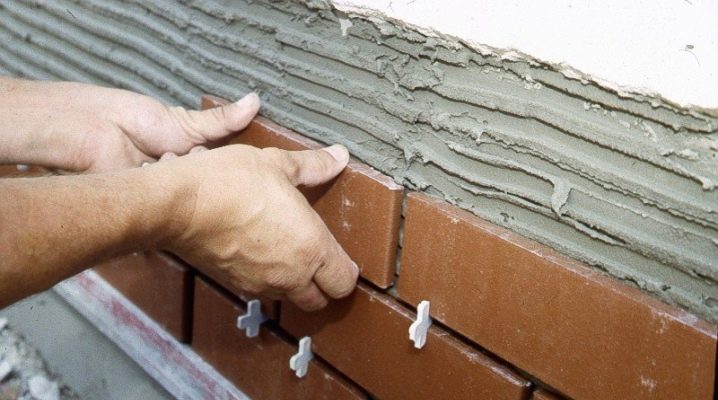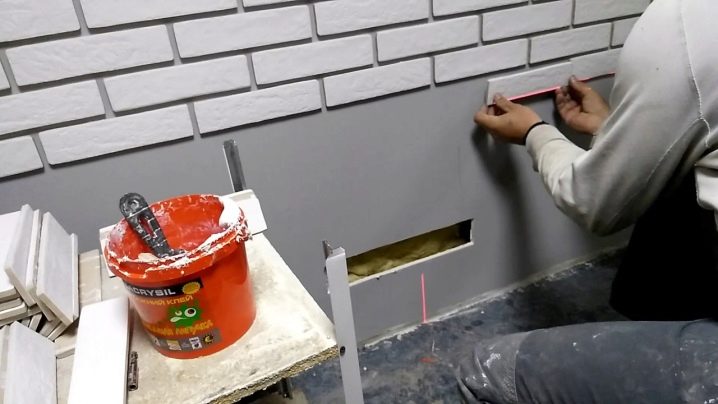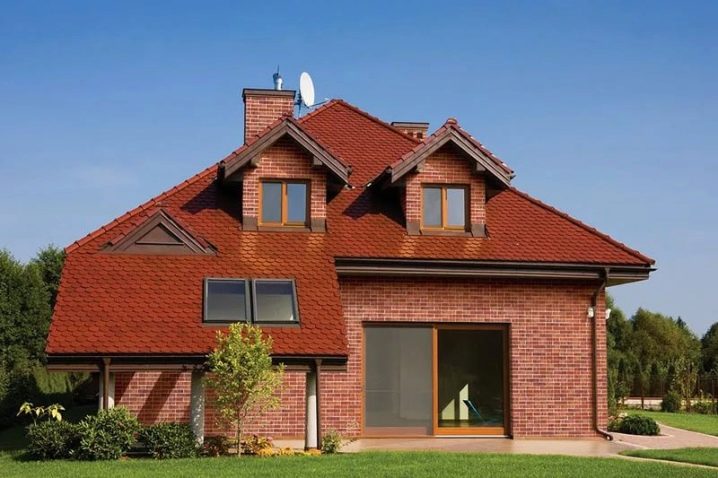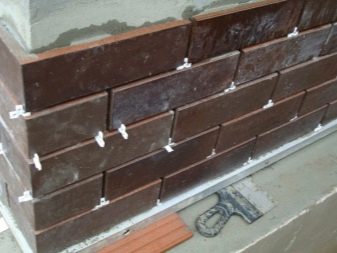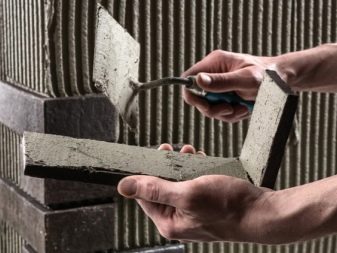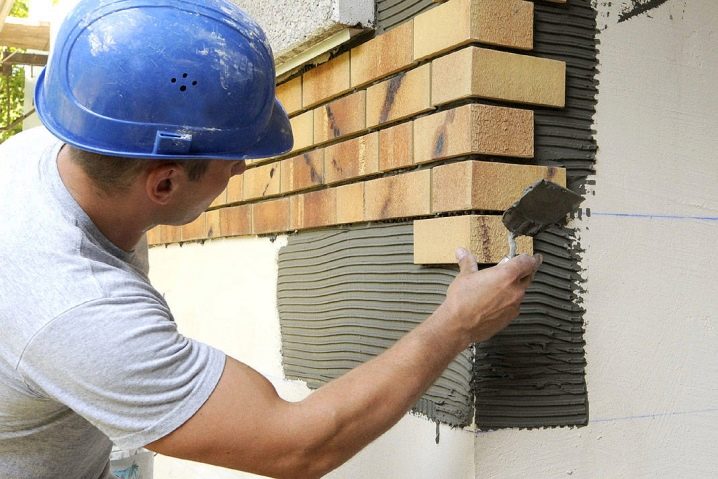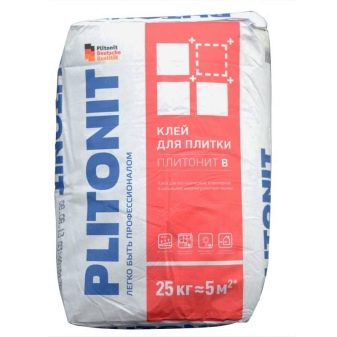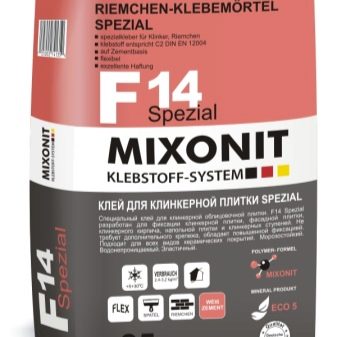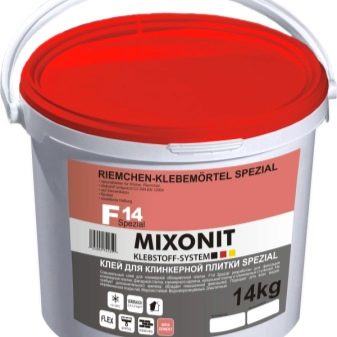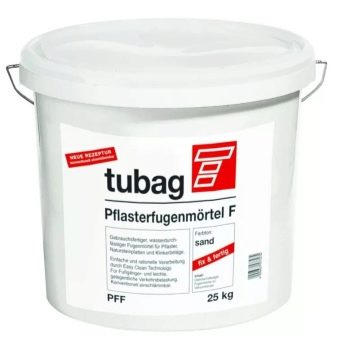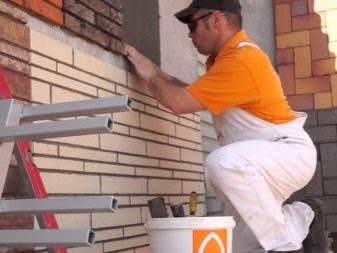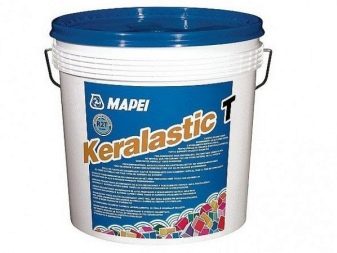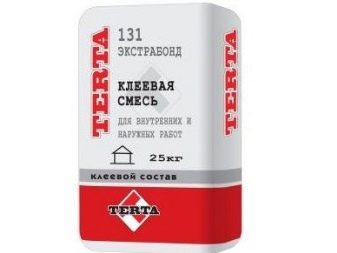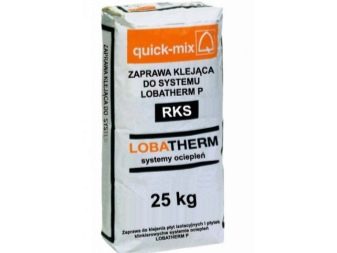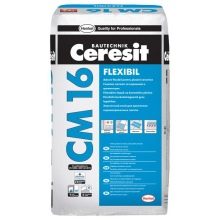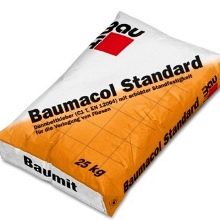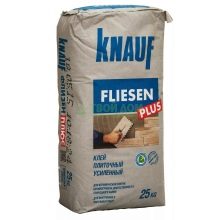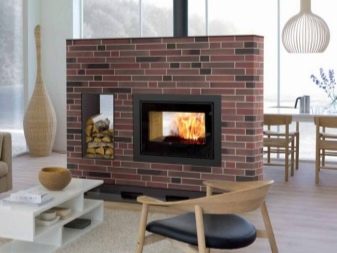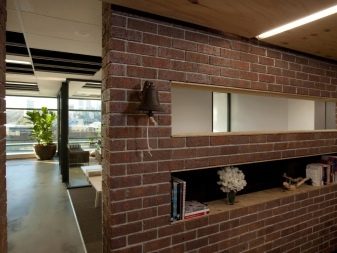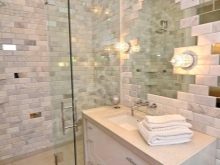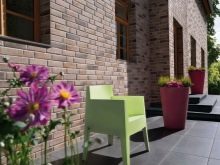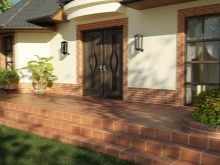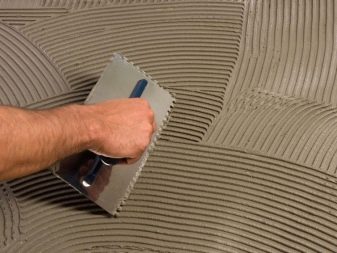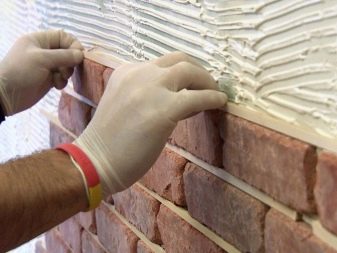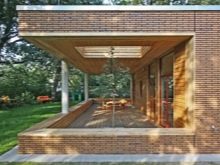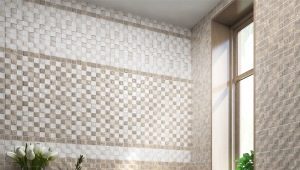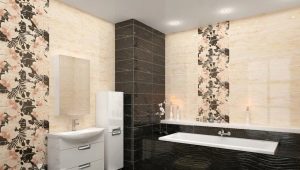How to choose a glue for clinker tiles?
The brick tile enjoys wide popularity today. It has a number of distinctive features and advantages that make it popular among modern buyers. However, it is important to choose not only tile, but also tile adhesive. We will talk about him today.
Special features
Clinker tiles began to be used in the nineteenth century in Holland. It is widely used today because of its durability, a rather long service life and absolute harmlessness to health. However, this material has one drawback - it is one of heavy by weight, because it is made from natural clay, which is heat treated at high temperature. But to solve the problem when facing will use a good glue.
The bulk of the facing work is performed using different mixtures. and clinker is no exception.There is a special glue for this, but during the work both the type of material and the place of application are taken into account. This is a necessary factor when choosing a particular brand of adhesive mixture.
The use of cement mortar with the addition of sand can lead to deformation of the coating, due to which the service life of the finish will be minimal. This tile has a moisture absorption of 2%, and its coefficient of expansion and wall material is different, which leads to a violation of the coating.
You can solve the problem with the right approach to the selected adhesive mixtures. It is necessary to take into account the peculiarity of the tile itself, the place of work and installation conditions.
The most suitable are adhesive mixtures with the best elasticity, and the use of hard is not recommended by experts.
Species
One of the main qualities of the adhesive is its viscosity and the ability to quickly set. This prevents the material from sliding down from the wall. Also, the adhesive must have good frost resistance, as well as the ability to tolerate temperature drops. If the tile does not withstand frost, after the first winter it will fall off.Adhesives are divided into three main groups: one-component, cement and epoxy.
Cement
They were popular at a time when there was a shortage of building materials and there was practically nothing to replace them. Although many use such mixtures today, they use various additives: plasticizers are mixed in to improve elasticity, water-holding compounds help to apply a thinner solution, and dispersion additives are mixed in to increase adhesion and frost resistance.
Single component
This adhesive is a homogeneous composition. It is offered to the buyer in the form of a pasty mass ready for use. But such a composition has a serious drawback - a long curing period. Because of this, heavy tiles can "go" on the ground.
Polyurethane or epoxy
These mixtures consist of two components, which are mixed before use to obtain a strong and elastic composition. They are considered the most popular, although at a cost more expensive than the previous ones, but using them, the quality of the facing is very good. In the market they are presented in the form of finished and dry mix.
Such products are characterized by the following parameters:
- Frost resistance.
- Short freezing time.
- A wide scope of application (external or internal works).
Popular trademarks
Using the products of one manufacturer to the best extent can affect the quality of work. When performing cladding with clinker, the grout is additionally purchased. It is important that these components are manufactured by one firm. Different materials will have similar components present, which will have a positive effect on operational reliability. On the market, among the adhesive foundations, the following
- "Extrabond" - This is a product of domestic producers. Designed for interior work and for facades. It has the qualities of frost resistance up to 50 cycles.
- Rks - this glue can be used in rooms with a high level of humidity, has excellent adhesion and water-repellent properties. It is used for interior and exterior.
- Ceresit CM - This is the most common and popular brand. This composition has an average elasticity. It is great for working indoors, when facing facades, steps and even swimming pools.
- Quick mix Baumacol - adhesive composition from this manufacturer has a high level of elasticity. It is designed for lining coatings with elevated temperatures, such as stoves and fireplaces.
- Knauf - produces two types of glue, one for exterior work, the second for internal ones.
How to choose?
The main requirement when working with clinker tiles is determined by matching the mixture to the conditions in which it will be applied. For example, glue for interior decoration can not be used for facade work, and the composition for exterior design - indoors.
According to its performance it is divided into categories:
- For internal work in normal conditions.
- For facing basking during operation surfaces.
- For rooms with high humidity.
- For facades.
- Universal.
On the package you can find detailed instructions on the use of the composition, as well as information on what type of premises it fits.
Many companies produce more than one type of frost-resistant glue for clinker. One of them is a budget mix. It has a slight difference in quality, but cheaper in price.
When choosing such an adhesive, pay attention to the following parameters:
- Elasticity.
- Moisture resistance.
- Adhesion.
- Viscosity.
- Drying out
- Frost resistance
- Range of application.
- Antifungal protection.
Adhering to the listed properties in the selected adhesive mixture, you will receive reliability and high quality of work when facing with clinker. Adhesive base for such tiles must withstand any climatic conditions. Preference should be given to those species that are enriched with elastic components.
Elasticity is one of the main features that a composition must comply with when working with clinker tiles. Such adhesive mixtures are not subject to shrinkage of the building, are not afraid of moisture and temperature changes. With the wrong choice, the composition may freeze and then its subsequent destruction or deformation of the lining.
For more information on the RKS “Quick Mix” glue, which is used for cladding tiles, see below.
